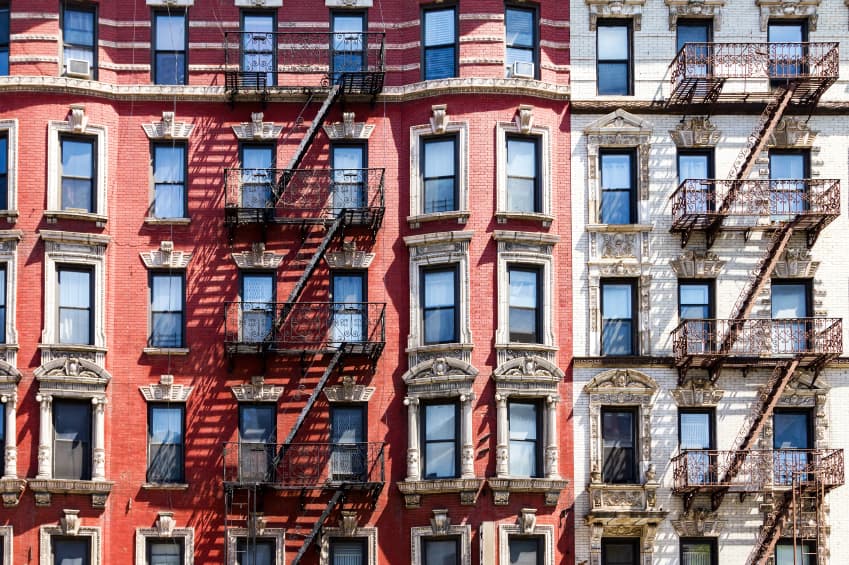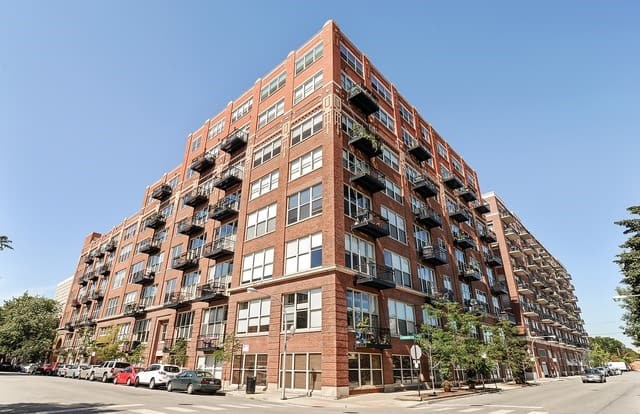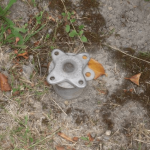HOAs and Condo Inspections: What Buyers Need to Know

If you are considering buying a unit in a condominium, you may be confused about what type of home inspection you should do on the property. Before we go into the types and scopes of home inspections for condos, let’s take a moment to better understand how condominiums work and identify your areas of greatest risk. We’ve bolded the important condo-specific vocabulary to better prepare you for the process of buying and inspecting a condo. The definitions for some of these terms are linked for further information.
The most important thing to understand about a condominium is that the homeowners association (HOA). The HOA is responsible for maintaining the parts of the building that are outside the walls of your unit. It most likely has no assets other than the money collected from you as a member of the collective building – the dues you pay to maintain the building. So, if you buy into a condominium that has low reserves of money saved, low monthly dues and a backlog of deferred maintenance, you may be buying into a maintenance liability.
HOAs typically make up unfunded maintenance liabilities by assessing each individual owner of a condo unit. The special assessment is a one-time charge so that the HOA can proceed with needed building maintenance. If there is a serious backlog of maintenance needed, assessments can be expensive. They can even be a significant percentage of the value of each unit. So when you are buying into a condominium, your greatest risk is usually the overall condition of the building(s) combined with the overall “health” of the HOA, not the interior of the unit.
What to Look For Before You Buy Your Condo
When you make an offer on a condominium, you will have an opportunity to review a resale certificate. This is your moment to try and assess the overall health of the HOA. Buried inside this mountain of paper, there lies some important information. Look for the reserve study. This is the document in which the HOA projects the costs associated with capital improvements needed to the building. Try and understand how detailed this reserve study is and if the maintenance budget is well-funded. HOAs that have not done a reserve study or that disclose little information about building maintenance are generally at greater risk for an assessment.
HOAs that demonstrate a proactive approach to building maintenance generally present lower risks of a special assessment. You can even look for an envelope study; this is when the HOA has hired an engineering firm to perform a detailed inspection of the outer skin of the building. An envelope study shows a proactive effort to understand the scope of needed exterior maintenance to expensive building systems such as siding, decks, roofs, and windows.
Before closing on your condo, here is a condo inspection checklist of things to be on the lookout for:
- Mold (spots on the walls or windows)
- Cracked walls
- Water damage, including warped or sloping floors and walls
- Strange or unpleasant smells
- Adequate water pressure
- Check to make sure the electrical systems are all working properly
- Ensure that the A/C and other HVAC systems are functioning
- Check for gaps in the caulking in the shower and bathtub area, as well as the kitchen
Get local insights at a free Home Buying class
Full Inspections vs. Interior Only Condominium Inspections
Most home inspectors offer two types of home inspection services on condominiums: full inspections or interior only inspections. Interior only inspections do not include attics, crawl spaces, exteriors, roofs, parking garages or other common areas. Interior only inspections are best suited to large towers where it can be difficult for a home inspector to contribute much to the knowledge of building maintenance; there is just too much that is inaccessible in these large towers.
In most other cases, full inspections are recommended. A full inspection includes any attics or crawl spaces that attach to your unit. The inspector will also walk around the exterior, get onto the roof if possible and walk through parking garages and basements. Full inspections are not as comprehensive as commercial inspections, but they will give you a good general sense of the overall condition of the building or buildings. You can then take the information gleaned from a full condo inspection as well as the disclosure you get from the HOA and try and assess the overall “health” of the condo.
You’re probably wondering how much condo inspections cost. This can vary on your which type of inspection you opt for, where your condo is located, and how large it is. The average home inspection costs about $315.

A Note About Special Assessments
Just because a building is at risk for a special assessment does not mean it is a bad idea to purchase a unit there. Some HOAs prefer low dues and periodic assessments to deal with maintenance. One way to visualize it is this: Imagine you are buying a condo that you feel is worth $200,000 and you anticipate a special assessment of $20,000 per unit, but you end up paying $160,000 for the condo. Good, right? Special assessments are not the end of the world, but they make it complex to gauge the value of what you are buying.
Your objective when buying a condominium is to build an information-gathering team with your real estate professional and your home inspector and then read through the resale certificate to make your best guess as to the overall health of the condominium you are buying into. In order to do this thoroughly, it is often advisable to do a full condo inspection.
The post HOAs and Condo Inspections: What Buyers Need to Know appeared first on Redfin Blog.




